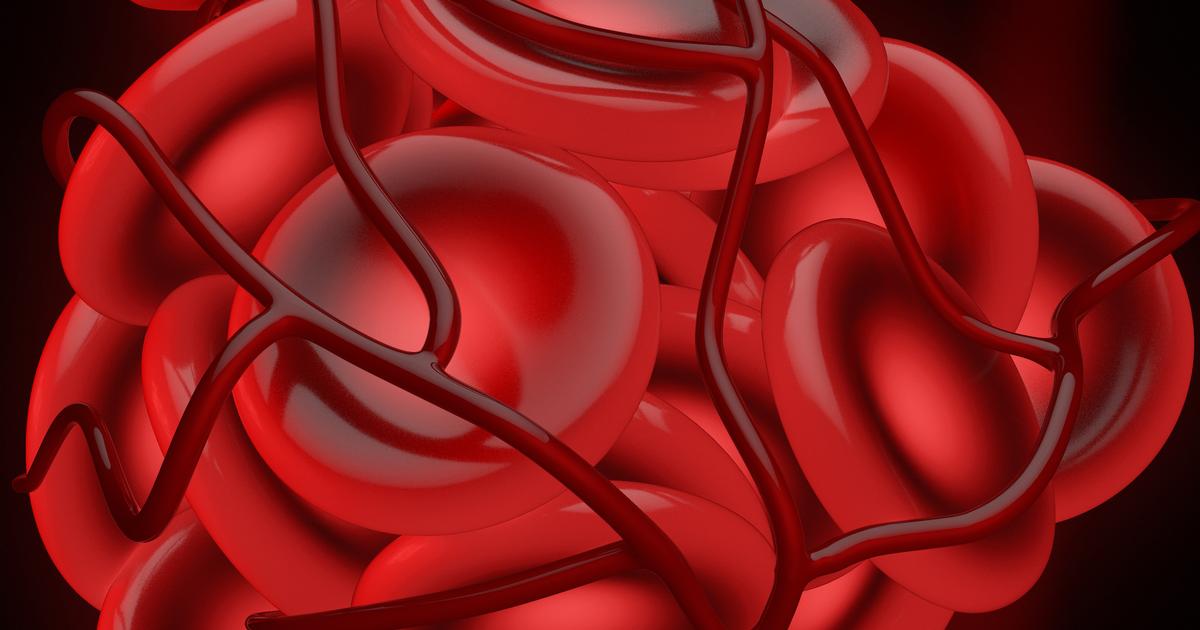Guide To The Causes And Risk Factors For Venous Insufficiency
Venous insufficiency is a condition characterized by poor circulation and the pooling of blood in the legs. Healthy veins return blood from the legs and other areas back to the heart. With venous insufficiency, this process is impaired, and the amount of blood that reaches the heart is reduced. Patients with the condition frequently experience leg pain, cramps, swelling in the legs, and leg ulcers. Venous insufficiency is most common in patients over fifty years old, and it occurs more often in females than in males. To diagnose the condition, doctors will perform a physical examination, and patients may also have an ultrasound or a venogram. If venous insufficiency is diagnosed, doctors typically recommend patients wear compression socks to reduce swelling and improve circulation. Elevating the legs several times a day is beneficial, and patients are encouraged to avoid crossing their legs. Some patients may be prescribed diuretics or anticoagulants, and surgical interventions such as laser surgery or a vein bypass may be needed in severe cases.
Some of the major causes and risk factors for venous insufficiency are outlined below.
Varicose Veins

Varicose veins are clusters of swollen, tangled veins, and they often bulge above the surface of the skin. Although these veins can form anywhere in the body, they are most frequently found in the legs. The skin around varicose veins may show signs of discoloration, and itching could develop. Patients typically report burning or throbbing, and the pain may be worse after prolonged periods of sitting or standing. To diagnose this condition, doctors perform ultrasounds to find out more information about a patient's blood flow and the health of their veins. Compression socks can reduce the pain and swelling from mild varicose veins, and doctors also recommend regular exercise. If varicose veins significantly affect a patient's quality of life, surgical interventions might be considered. Many of these operations can be performed on an outpatient basis, and doctors might suggest sclerotherapy, laser treatment, endoscopic vein surgery, or vein stripping.
Get more details on the risk factors and causes linked to venous insufficiency now.
Blood Clots

Blood clots are gel-like, semisolid clumps of blood. If a clot forms in the lower legs, this could lead to venous insufficiency. Small clots may produce no symptoms, and some patients might only notice minor pain and swelling in the calf. Large clots could cause significant pain and increased swelling, and the affected limb might have a reddish discoloration. It could also feel warmer than the unaffected leg. A blood clot in the leg could break off and travel to the lungs or other parts of the body, and this could be potentially life-threatening. If any symptoms suggestive of a blood clot appear, patients should seek emergency medical attention. Doctors will perform blood tests and a specialized ultrasound exam to detect clots, and medication to dissolve the clot can be given at the hospital. Patients who have had previous blood clots may be placed on anticoagulants to reduce the risk of future clots.
Continue reading to reveal more causes and risk factors for venous insufficiency now.
